Lab-grown Gemstones
LifeGem Diamonds Limited offers lab-created precious and semi-precious gemstones such as Alexandrite, Ruby, Emerald, Chrysoberyl, Spinel & Forsterite (Tanzanion and Peridot).
Gemstones are generally classified as:
Naturally Occurring Gemstones
Most of the naturally found gemstones are very expensive. For example, a good quality Alexandrite costs Rs. 7 lakhs (10,000 USD) per carat, Emerald costs Rs. 2 lakhs (3,000 USD) per carat and Ruby costs Rs. 70,000 (1,000 USD) per carat. Many buyers cannot afford these natural gemstones and as a result, the lab-grown gemstone industry started in 1960’s.
Treated Natural Gemstones
Most of the natural gemstones available in the market are treated, irradiated or dyed to improve the colour, clarity & appearance. Often, they are ‘glass-filled’ or ‘fracture-filled’ to intensify the colours. Such treated gemstones lose their shine and colour after some time, as they are boiled with lead-glass and other additives for colour treatment, which are not permanent.
Lab-created gem stones are ‘as-grown’ and not ‘colour-treated’. They are much superior to treated natural gem stones.
Lab-grown Gemstones
People have loved the look of gemstones in their jewellery for centuries. Whether it is a necklace or a bracelet covered with rubies, emeralds, spinels and alexandrites, these bright stones continue to be loved for their beauty and style. Unfortunately, the rarity and price of many of these gemstones make their purchase out of reach for numerous people. Today, scientists are able to create these precious gems in a lab, making them significantly more accessible to buyers.
The more expensive and hard-to-find natural gems in jewellery, such as Emerald, Alexandrite & Ruby are the favourite lab-created stones. They are not gem imitations; lab-created gemstones are real. They are grown in a laboratory, but are identical physically, chemically and optically to natural gems. An imitation gemstone, which is also man-made such as cubic Zirconia (CZ), does not follow nature’s recipe, so it is completely different physically, chemically and optically from the natural gem it copies.
LifeGem uses the Flux process for growing Emerald and the Czochralski process for growing other gemstones like Ruby, Alexandrite, Spinel, Chrysoberyl, Forsterite, etc.
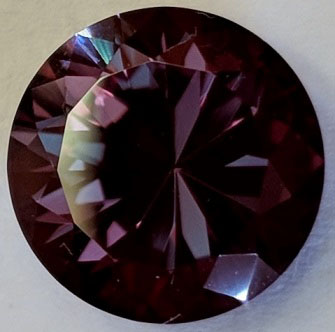 Colour changing Alexandrite |
 Emerald |
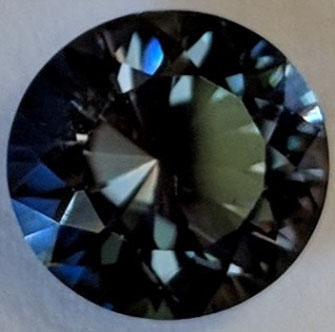 Tanzanion |
 Ruby |
 Peridot |
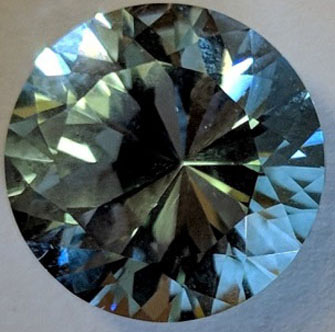 Sky blue Chrysoberyl |
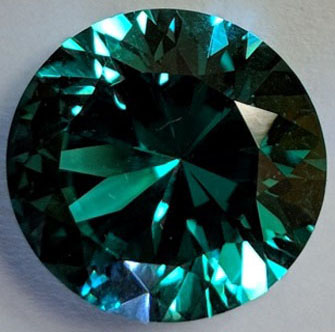 Aquamarine Chrysoberyl |
 Red Spinel |
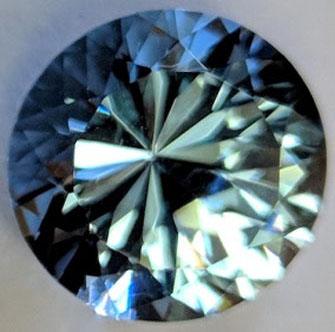 Sky blue Spinel |
 Blue spinel |
Lab-created Precious Stones – the Gemstones of the Future:
LifeGem created gemstones have the same luster, fire, shining, quality, endurance & chemical composition of the best quality natural gemstones, but they are much cheaper.
Lab-grown gemstones are created in a controlled laboratory environment and hence the colour comes out richer and more even. In terms of colour saturation and clarity, lab-grown gemstones are arguably more beautiful than their natural counterparts.
The main difference between the two types of stones is that natural gems typically have flaws. Lab-created gemstones rely on a steady process of heat and pressure that result in nearly flawless stones. An average person cannot see these differences, but a trained gemologist can see under high magnification.
It is important to note that lab-created gemstones are not imitations of gems. These stones are created in labs with identical chemical, physical & optical characteristics of naturally occurring gemstones. This means that the mineral composition of these lab-created gems is re-created through a process similar to the way that nature forms the gems.
Lab-created gemstones for jewellery:
LifeGem has partnered with the best lab-created gemstone manufacturer in Europe. All our gems except Emerald are grown using the Czochralski method, which allows to grow crystals of high optical quality. They do not contain any defects (bubbles, cracks, inclusions). Emerald is grown by the Flux method, which is a perfect analog of natural Columbian Emerald.
The following lab-grown gems are available with us in various shapes and sizes, from 3 mm to 15 mm in size (from 0.10 carat to 16 carats in weight) -
1. Alexandrite – LifeGem Alexandrite (BeАl2О4:Cr3+) is a first-class precious stone, one of the hardest and long living jewels (only diamond, sapphire and ruby come before).
The most marvelous property of this gem is its ability to change color in accordance with the source of light. Alexandrite becomes green like Emerald in the day light; artificial lightening makes this magic stone purple-red like Ruby. LifeGem has the perfect technology for obtaining a natural analog of Alexandrite.
2. Ruby – LifeGem Ruby crystals (Al2O3:Cr3+) are grown to obtain high quality samples and to create their color purposely - from light-red to pigeon's blood color. Laboratory studies have verified these crystals as the complete analogs of naturally occurring ruby.
3. Emerald (Be3Al2Si6O18:Cr) – Grown by the most expensive Flux method, LifeGem’s emerald is a perfect analog of natural Columbian emerald.
4. Violet-blue Forsterite (Tanzanion) – LifeGem’s CO2+ doped Mg2SiO4:СO2+ Tanzanion crystal is a full analog of violet-blue (tanzanite colour) natural Forsterite and accordingly a simulant of natural Tanzanite. Natural Tanzanite cannot be lab-created in high melting temperatures, as it contains 2% water. Natural Tanzanite has limited reserves, but the beauty of Tanzanion crystal is unlimited.
5. Light green Forsterite (Peridot) - Forsterite (Mg2SiO4) in light green is also called ‘Peridot’, which is prized as a jewellery stone since ancient times.
6. Sky-blue Chrysoberyl (BeAl2O4) – Grown by the Czochralski method, LifeGem’s sky-blue Chrysoberyl is a full analog of natural Chrysoberyl.
7. Aquamarine Chrysoberyl (BeAl2O4) - Chrysoberyl in aquamarine colour is a fine gemstone, with excellent hardness and brilliance.
8. Red Spinel (MgAl2O4:Cr) – The deep-red variety of Spinel is the most prized mineral because of its luster, durability and hardness. It is created in the laboratory to match all the properties of natural red Spinel.
9. Blue Spinel (MgAl2O4) – Blue Spinel is one of the rarest colours of Spinel. It has a cubic structure like diamond and is highly desired.
10. Sky-blue Spinel (MgAl2O4) – Sky-blue Spinel display more brilliance and fire, with a single refraction like diamond.